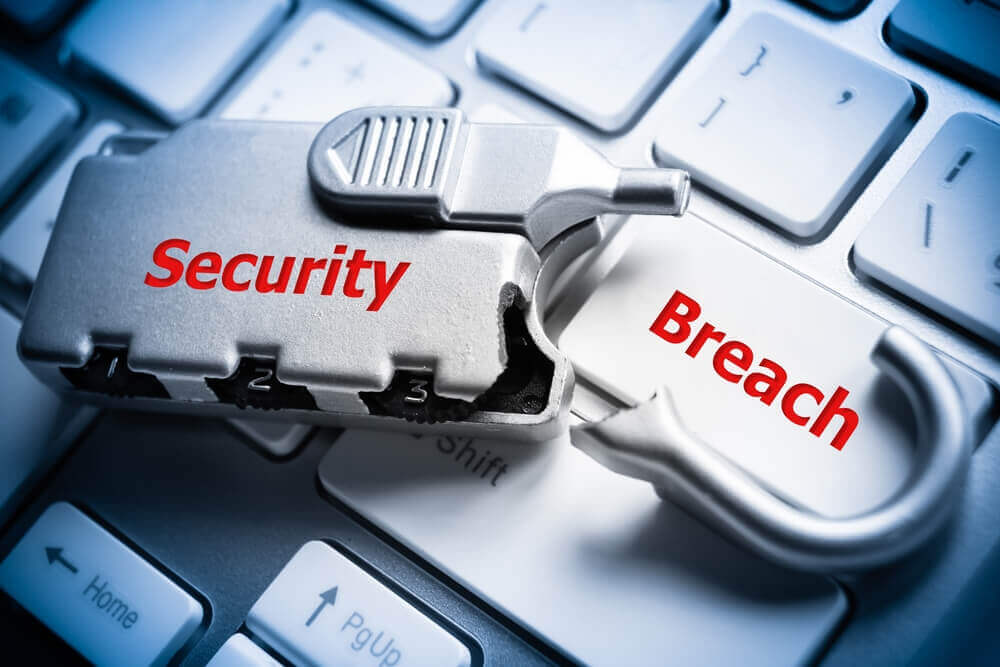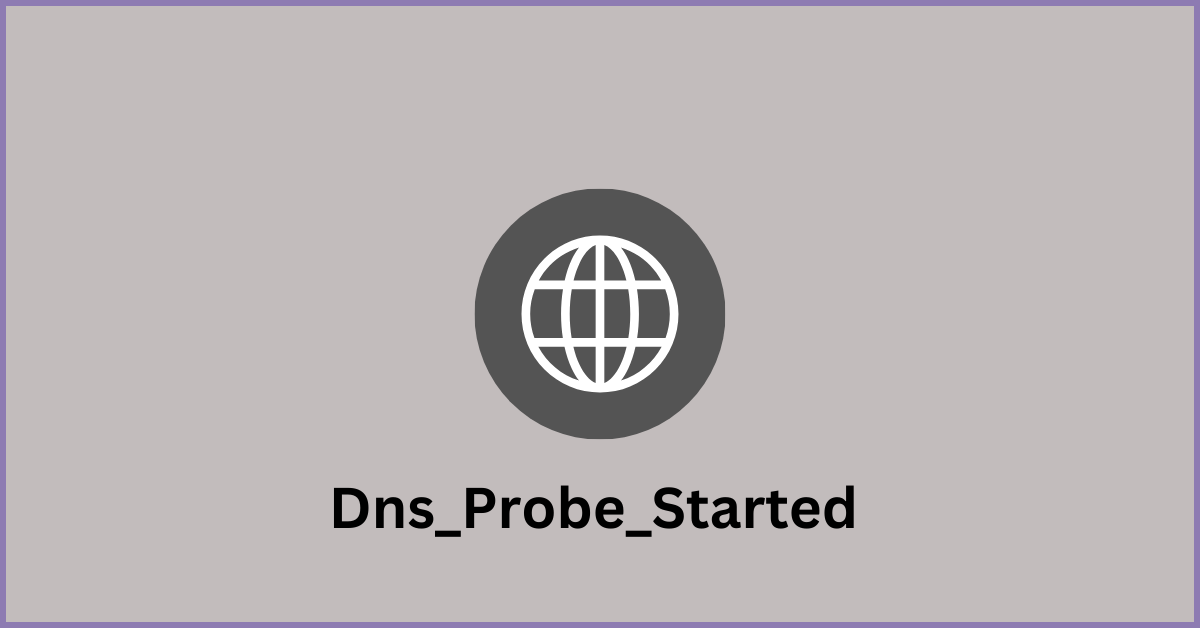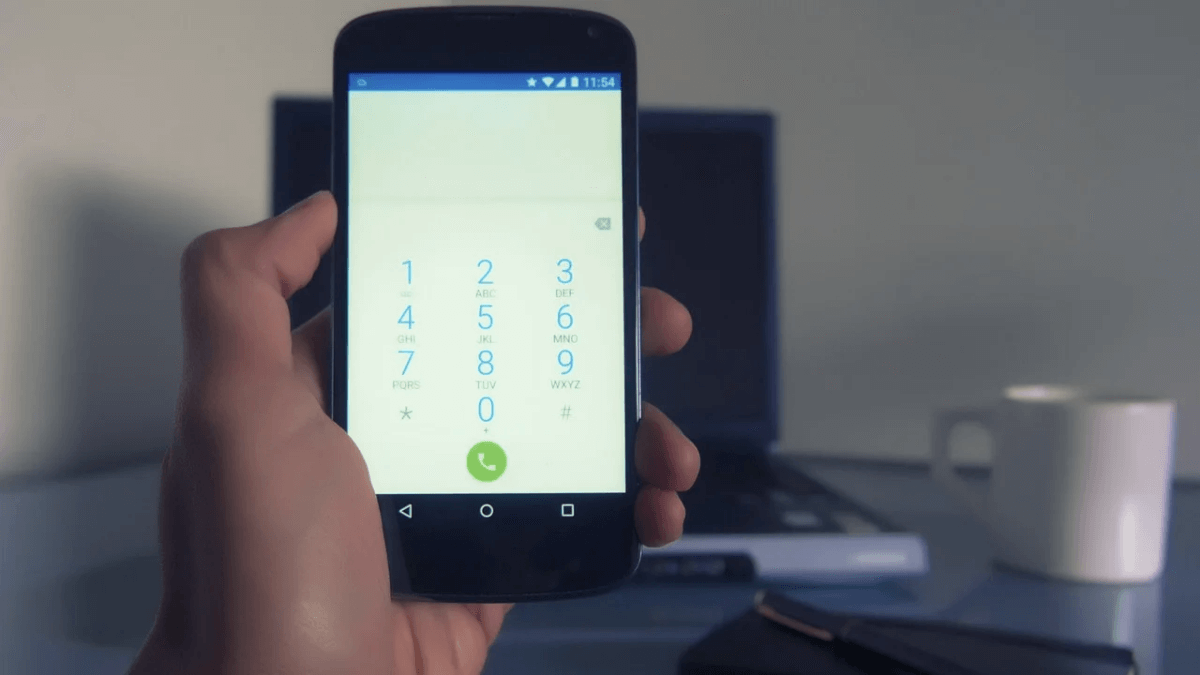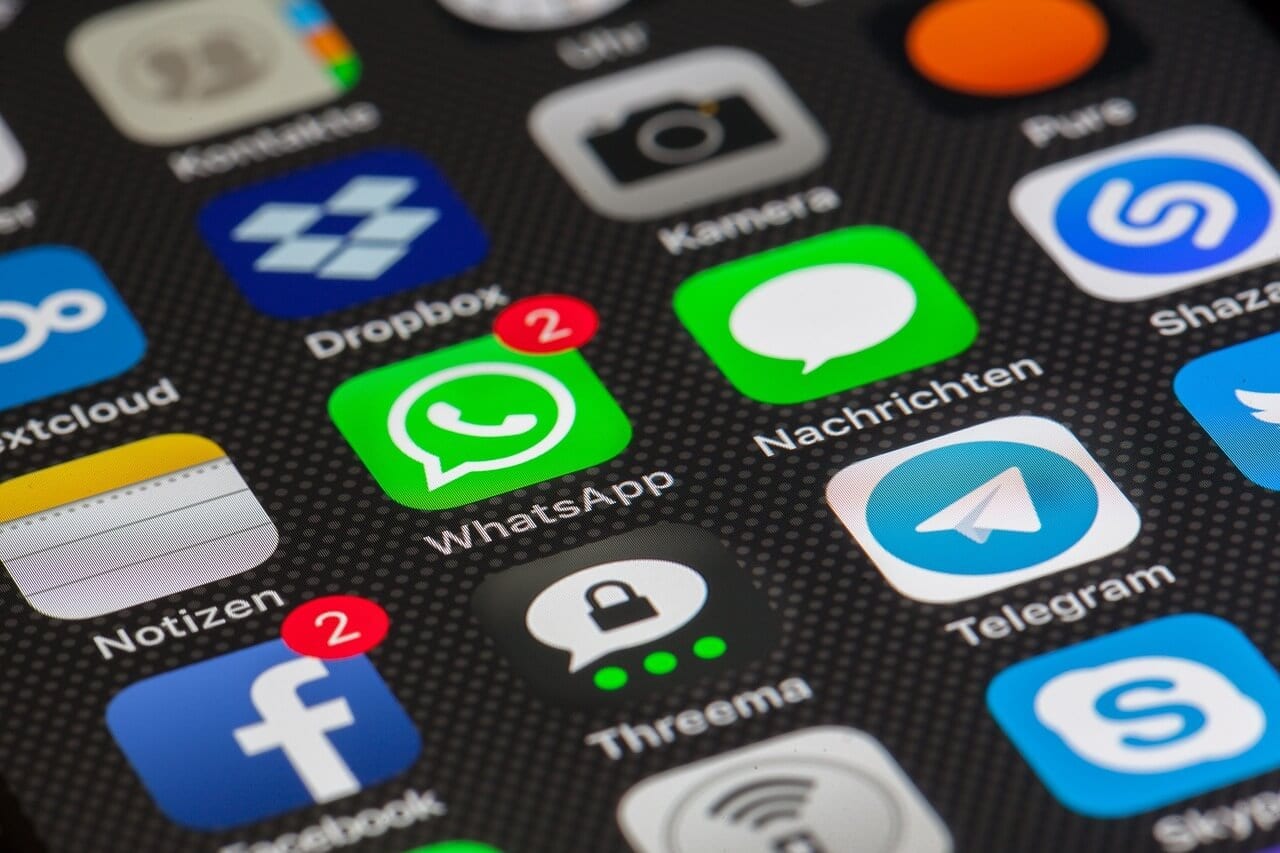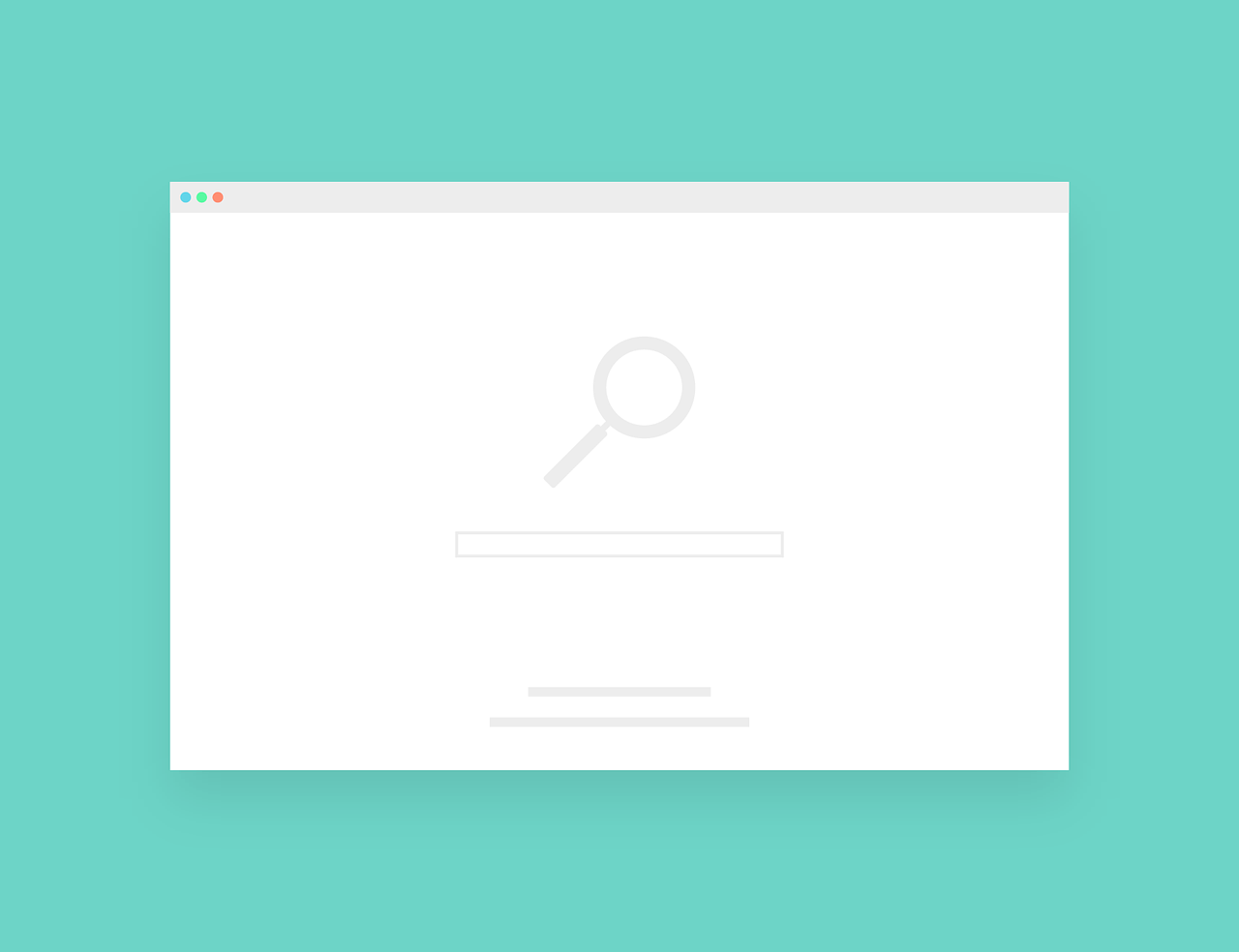How to Secure User Data from Theft
Confidential user data like credit card details, insurance documents, and licenses, etc. are in a big demand on the dark web.
Criminals purchase them at high prices because they need these data and documents to carry out malicious missions like identity theft, falsely acquiring controlled drugs, e.g., the opioids and committing insurance fraud, along with other scandals.
These data don’t land on the dark web from nowhere. Hackers utilize a plethora of techniques and tools to steal such data from poorly protected websites machines and databases. In extreme cases, they also crack passwords to gain unwarranted access to special databases.
All is not at risk, though. You can do at least something to keep this trend in check. And that’s what this post is all about.
After reading it, you’re going to know the latest techniques to secure user data from theft. Read on.
Creative Ways to Safeguard User Data from Online Thieves
-
Data Encryption
Data encryption is a foolproof way of securing all the user data that you keep. It also comes in handy when you want to safeguard data between the user and the browser since it transforms the data into encoded format which only a trusted individual can access via a private decryption key.
Data encryption is not a rocket science anyway. Most of the tools we use in our day-to-day activities allow data encryption.
For instance, if you want to encrypt emails, you can use GPG- an open-source plugin that the Apple Mail Program use. It is used to encrypt, decrypt, sign mails. You can also use FileVault in your latest Apple’s OS to encrypt your computer hard drive.
-
Enhance Web Hygiene and Security
If you run an online portal, classifieds site, membership site, an online store, or any informational website, the security of your web visitors should top your lists of priorities. Basic website security actions like password hygiene and automatic software updates should help you keep off the common hacking attempts and safeguard user data.
This is because cybercriminals are upping their game with each attempt, and they use sophisticated software to spot, target, and launch attacks on vulnerable websites and databases. On top of the regular software updates, you can also use parameterized queries to avoid SQL injections on your site.
It doesn’t end there, though. You must also use HTTPS to keep all the communication and data shared on the site private. HTTPS here is a security protocol to secure data of users on the website.
It encrypts all the information shared on the website, ensuring that the eavesdroppers and man in the middle attackers don’t spy on or takes over user sessions on the site. To use the protocol, you’ll need an SSL certificate which you’ll install and activate on the site.
After activation, you’ll see a green padlock, which confirms that you have migrated from the underlying HTTP to HTTPS. To do so, Symantec Secure Site is one of the best suited SSL certificates that comes with affordable price.
To take your web security a notch higher, be sure to use Organization Validation SSL. It will not only enhance the shopping experience of your site visitors but also ensure that they are dealing with the verified business website and don’t get duped into submitting their details on fake websites using your name.
-
Make the Hard Drives of Your Old Computers Unreadable
Data thieves dissect every piece of evidence/clue when searching for data to steal. The old computer hard drives are no exception. They know that they can still find company secrets and customer details still available in the hard drives and use them in their malicious missions.
The best defense against this form of attack is making the hard drives unreadable before disposing of them. Here’s how to get about this;
Firstly be, be sure to back up all your data and transfer all files to a safe storage folder or back them up in the cloud. After this, sanitize the hard drives by either using approved software to wipe them clean, disk shred them or magnetically clean them.
-
Limit Access to Sensitive Data
Insider threat is a common problem in any business. With, not anybody in your company should access anything at their will. There should be a policy formulation that should reveal about which type of data should be shared? Who can access such data and at what extend? If you do not have such policy, then the data would be at risk. Giving access to employees who do not need to access sensitive information can cause insider and outsider threat.
You must impose restrictions on the data which each person can access so you can limit the amount of data that may be at risk if an employee account is under compromise from external attack or if an employee decides to steal and leak or trade your business secrets and confidential user data.
-
Use Latest Antimalware on All Your Machines and Mobile Devices
There are reports that Malware threats are on the decline, but that shouldn’t stop you from defending against them. You know the hackers can still catch up with you if you rest on your laurels with a false belief that you cannot be targeted or that malware attacks are not very common today.
Here’s the point. While there are countless efforts to tame malware attacks, the hackers seem to improve their game each day, trying to poke holes into anything. A Symantec 2018 report showed that Office files accounted for a whopping 48 percent of the malicious email attachments that year.
That means that you can’t just trust any document in your email attachments. You can also not discern a clean document from a malicious one by just looking at it. You need a powerful up to date antivirus to detect the latest attack definitions and perform the best remediation against them.
The tool here should not only help you detect the malware but also remove them and prevent future attacks on all your computing devices and the IT system.
-
Always Remember to Turn off Your Computer When You’re Done Using it
It may look harmless but turn out to be costly for your business and brand, leaving your computer on and connected to the internet after using it. It opens a plethora of ports for cybercriminals to install malware on your machine then use it to plant or spread attacks.
It also makes it easy for malicious perpetrators who may access your computer unauthorized and transfer confidential data to external storage in seconds. Apart from turning off your computer when not using it, it’s also a wise move securing your wireless networks like Wi-Fi, etc.
Securing such networks is as simple as using a strong password for the system, encrypting and hiding it. Here’s how to do this; after setting your Wi-Fi password, set up the router or wireless access point such that it doesn’t broadcast to Service Set Identifier (SSID), which is its network name.
For encryption, you can go for a VPN from a trusted source.
Bottom Line
A data breach is not anything an entrepreneur can think about getting into. From a damaged reputation to financial losses, it also takes quite a lot of time to recover fully from a breach.
What if you can avoid one? The early the better. If you hadn’t switched to HTTPS, update your antimalware software, limited access to confidential data, encrypt your data, or sanitized the old computer hard drives, the time is now. Don’t wait until it’s too late.
Popular Post
Recent Post
100 Mbps, 200 Mbps, 300Mbps? What Speed is Good for Gaming?
What internet speed is best for gaming without lag? This guide examines whether 100Mbps, 200Mbps, or 300Mbps is good for online multiplayer on PC, console, and mobile.
Top 10 Child-Friendly Browsers – Kids Friendly Web Browser
As parents, ensuring our children’s online safety and exposure to age-appropriate content is a top priority. With the vast expanse of the internet and its potential risks, finding a reliable and secure web browser for kids has become increasingly important. Fortunately, numerous developers have recognized this need and have created specialized Kid-friendly web browsers designed […]
How To Fix Mouse and Keyboard Not Working On Windows 10 and 11
Mouse and keyboard not working? Fix non-working mice and keyboards in Windows 10/11. Troubleshoot software issues to restore mouse and keyboard functions.
Top 15 Best Lightweight Browsers for Windows 10 and 11
Introduction: With the ever-increasing demand for faster browsing speeds and lower memory usage, lightweight browsers have become quite popular among Windows users. These browsers are designed to be swift, responsive, and easy on system resources. In this article, we will discuss the top 15 lightest browsers for Windows 10 and 11 to help you find […]
10 Best IPTV Apps For iOS & Android in 2024
Introduction: Watching TV on your phone or tablet has become incredibly popular in recent years. IPTV (Internet Protocol Television) allows you to stream live TV, movies and shows directly on your mobile devices. With IPTV apps, you can take your favorite TV channels and content with you wherever you go. In 2024, there are tons […]
How To Fix Dns_Probe_Started Error [Top 10 Ways]
Introduction: The DNS_PROBE_STARTED error occurs when your DNS lookups are failing. DNS (Domain Name System) is like the phonebook of the internet—it translates domain names (e.g. google.com) into IP addresses needed to load websites. When you attempt to visit a website, your device sends a DNS lookup request to your DNS server. If the DNS […]
11 Best IPTV Player For Mac In 2024 [Free & Paid]
Are you interested in watching your favorite live TV channels, lots of trending movies, and TV series on a Mac device? Then, look nowhere else! You can get your hands on the perfect IPTV player for Mac. Such top IPTV apps can easily turn your Macbook into the ultimate entertainment center, which we will discuss […]
10 Best Free Caller ID Apps For Android In 2024 [Latest List]
Introduction: In today’s fast-paced digital world, our smartphones have become an integral part of our daily lives, serving as a gateway to constant communication. However, with the rise of spam calls, telemarketers, and unwanted contacts, managing incoming calls can become a daunting task. This is where caller ID apps come into play, offering a reliable […]
10 Best Free File Manager Apps For iPhone & iPad 2024
Introduction: Managing files across different cloud services and local storage on your iPhone or iPad can be a hassle. While iOS has fairly robust built-in file management capabilities through the Files app, many users find they need more advanced functionality. That’s where dedicated file manager apps come in. These apps allow you to access, organize, […]
15 Best Finder Alternatives for Mac in 2024
If you are a Mac user, you probably already have a bittersweet relationship with Mac Finder. It is an indeed powerful file manager and graphical user interface tool for Macintosh. But, despite being the default Apple program, it lacks many features. Plus, Apple hasn’t made any efforts to update Finder in a long time. However, […]
